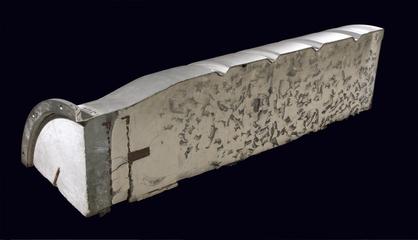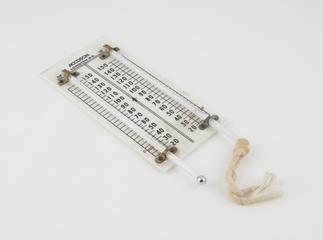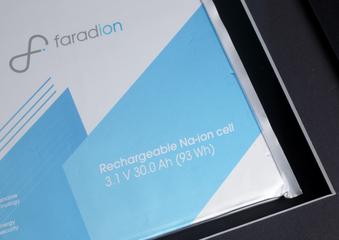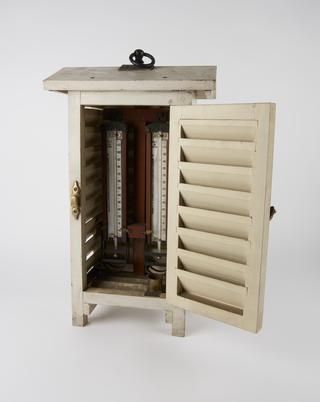
Half section of the central solenoid from the MAST nuclear fusion experiment
- Made:
- 1999
Half section of the central solenoid from the Mega Amp Spherical Tokamak (MAST) nuclear fusion experiment, made by the United Kingdom Atomic Energy Authority (UKAEA) at the Culham Science Centre, Oxfordshire, UK, 1999
Nuclear fusion is the process in which two or more light nuclei come together to form a heavier nucleus. Scientists have not yet managed to achieve a controllable, commercially-useful nuclear fusion on Earth, but this has been a goal since at least the 1950s. If harnessed and successfully contained, there is huge potential for reliable, predictable and plentiful low-carbon electricity generation.
This object, known as the central solenoid (or electromagnetic coil), was a key part of the Mega Amp Spherical Tokamak – or MAST – experiment which ran at the United Kingdom Atomic Energy Authority’s (UKAEA) Culham Science Centre in Oxfordshire from 1999-2013. The central solenoid is a coil of copper conductors made up of 4 layers wound around 1000 times, with epoxy resin acting as insulator layers between the conductors. It generated a strong magnetic field when a current was passed through it. This kept the super-hot fusion gases away from the walls of the containment vessel known as a tokamak. It sat at the centre of the experiment, acting as the “beating heart” of the machine by generating the initial pulses of energy that induced the main current in the hot gas (or plasma) of fusion fuels.
Details
- Category:
- Nuclear Energy
- Object Number:
- 2023-217
- Materials:
- copper (alloy) and epoxy resin
- Measurements:
-
overall: 3000 mm x 335 mm x 185 mm, 400 kg
- type:
- solenoid
- credit:
- Donated by United Kingdom Atomic Energy Authority




